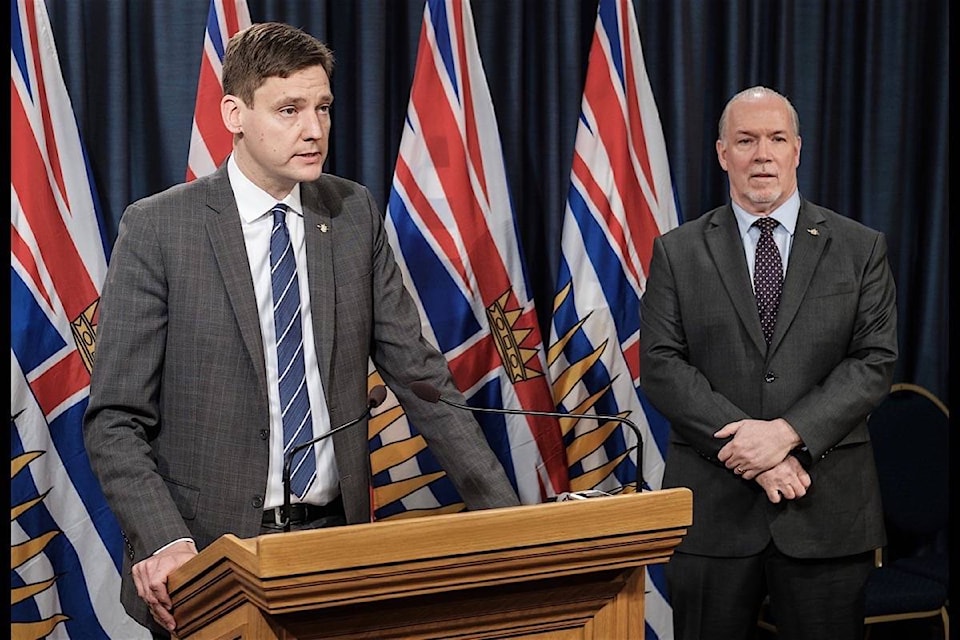There’s a conspiracy theory making the rounds about the NDP government’s referendum on changing B.C.’s voting system.

It goes like this: they’re making a mess of it on purpose so proportional representation will be dead for a generation, along with Green hopes of further erosion of NDP support to them and other upstart parties.
I don’t subscribe to this theory. I still prefer the one I put forward , where the aim is to kill off the Social Credit-B.C. Liberal governing coalition and replace it with the Green-NDP coalition that currently clings to power.
The two-part scheme I described is first, reverse course and tap into millions in public funding to replace union and corporate donations. Then break the promise of protecting rural constituencies in a proportional representation system, to give urban seats the clout. (Perhaps they could consider a third step, renaming their coalition the “Institutional Revolutionary Party” in the Mexican tradition.)
But ‘mess it up on purpose’ is a compelling theory for a couple of reasons. The B.C. NDP has been split for many years between its growing urban environmental wing and its traditional hardhat industrial union base. The election of 2017, and the one before that where leader Adrian Dix abruptly turned against the Trans Mountain pipeline expansion, show that the urban greens have won, and the NDP is abandoning its industrial and rural roots to try to save itself.
Secondly, they’re really – rushing to an arbitrary November deadline, reluctantly pushing out untested, complicated voting options, doing it without even presenting maps of the vast multi-member constituencies, cooking the whole thing up in future leader David Eby’s office, and so on.
Can they possibly believe they can sneak through a low-turnout mail-in referendum and overturn 120 years of parliamentary tradition? They believe they can eliminate poverty with an updated version of the Soviet five-year plan for tractor production, so why not?
Premier John Horgan even tried to sell a scheme that their goofy collection of alternative voting systems would be kept secret until September, because everyone would be too busy barbecuing to wade through it. That idea charred and burned pretty quickly.
I won’t ruin your appetite with a long description of the options. Suffice it to say that two of the alternatives involve “list” candidates. These listed lovelies would be picked by parties and stuck into big multi-member districts to top up their popular vote totals, without the bother of actual people running for an actual seat. NDP proportional representation is like a box of chocolates: you never know what you’re going to get.
The B.C. Liberals demanded and got a brief emergency debate on this, in which Prince George-Valemount MLA Shirley Bond noted that her single-member district is already bigger than Belgium. And it’s compact compared to Skeena and Peace River North.
Voters may remember that we went through this proportional representation debate in 2005 and 2009, without the clumsy trickery on offer this time. There was an independent citizens’ assembly and a clear set of proposed multi-member constituencies.
Some examples from the 2009 report: A new Cariboo-Thompson district would have four members rattling around an area from Quesnel to Kamloops. A new Columbia-Kootenay district would have three MLAs. North Coast and Skeena-Stikine would get two MLAs to cover 300,000 square kilometres, an area a bit smaller than Germany.
That plan also went straight from the grill to the garbage, under reasonable rules with a decent amount of time for voters to consider it.
Tom Fletcher is B.C. legislature reporter and columnist for Black Press. Email: tfletcher@blackpress.ca



